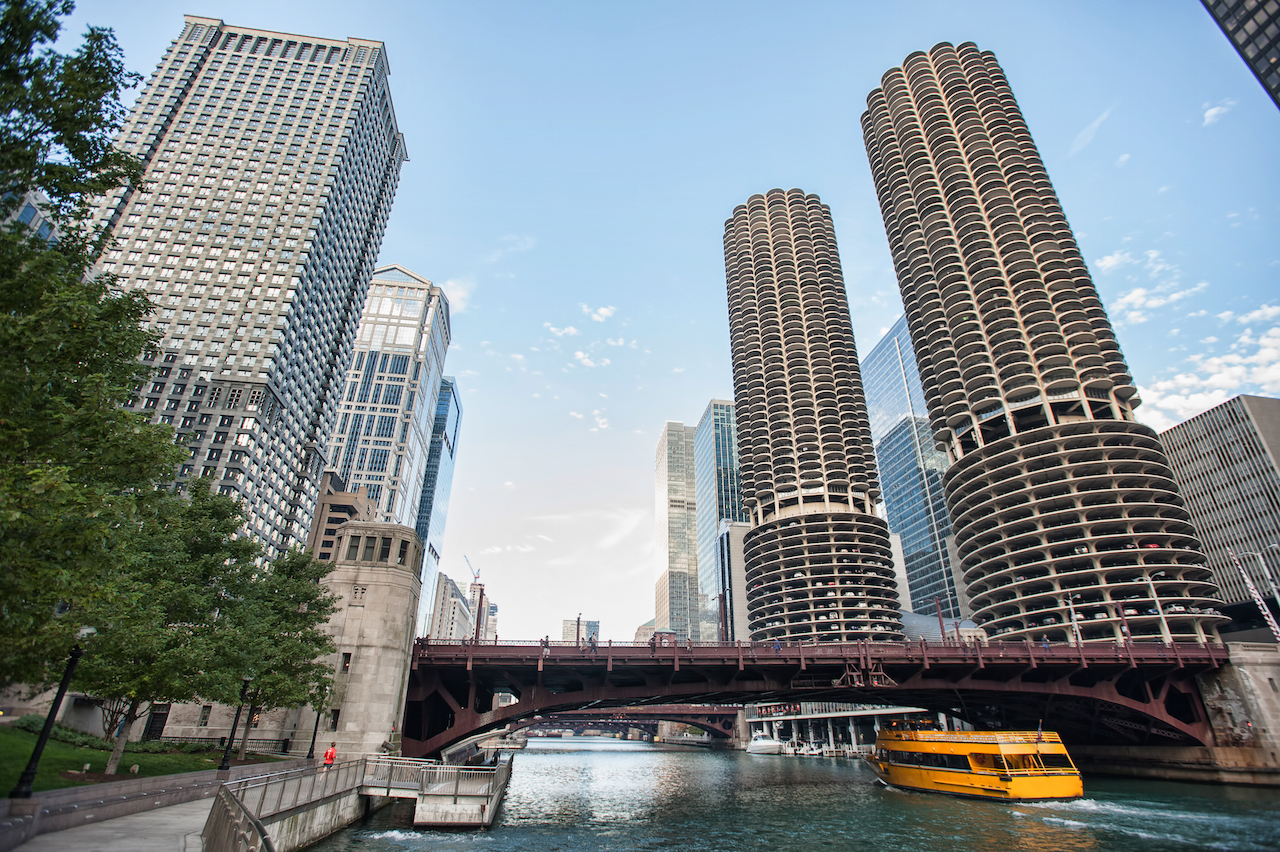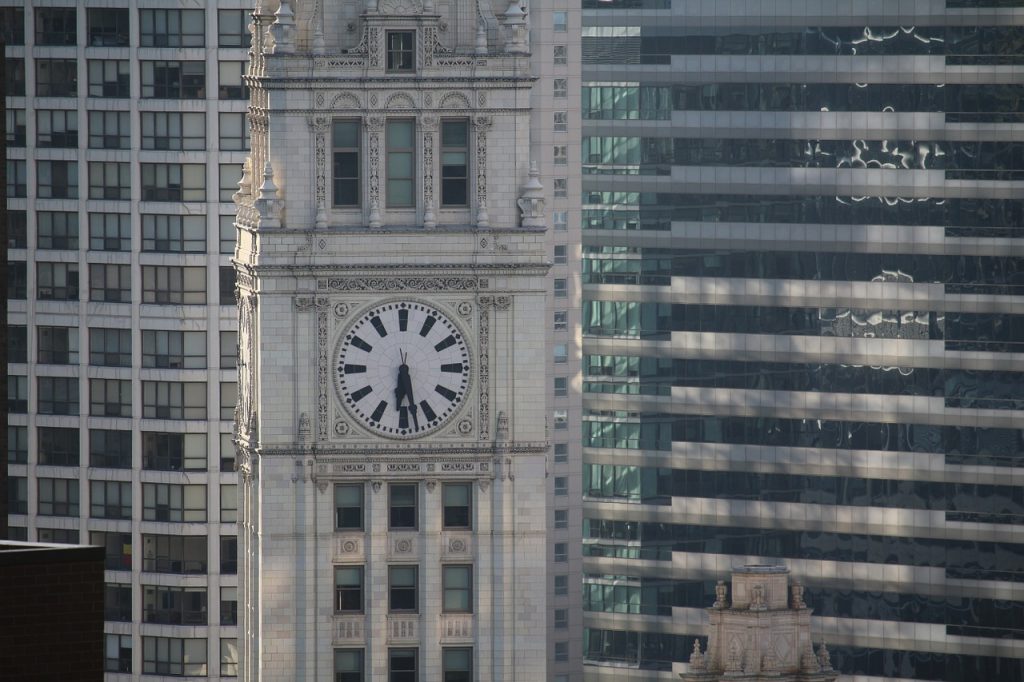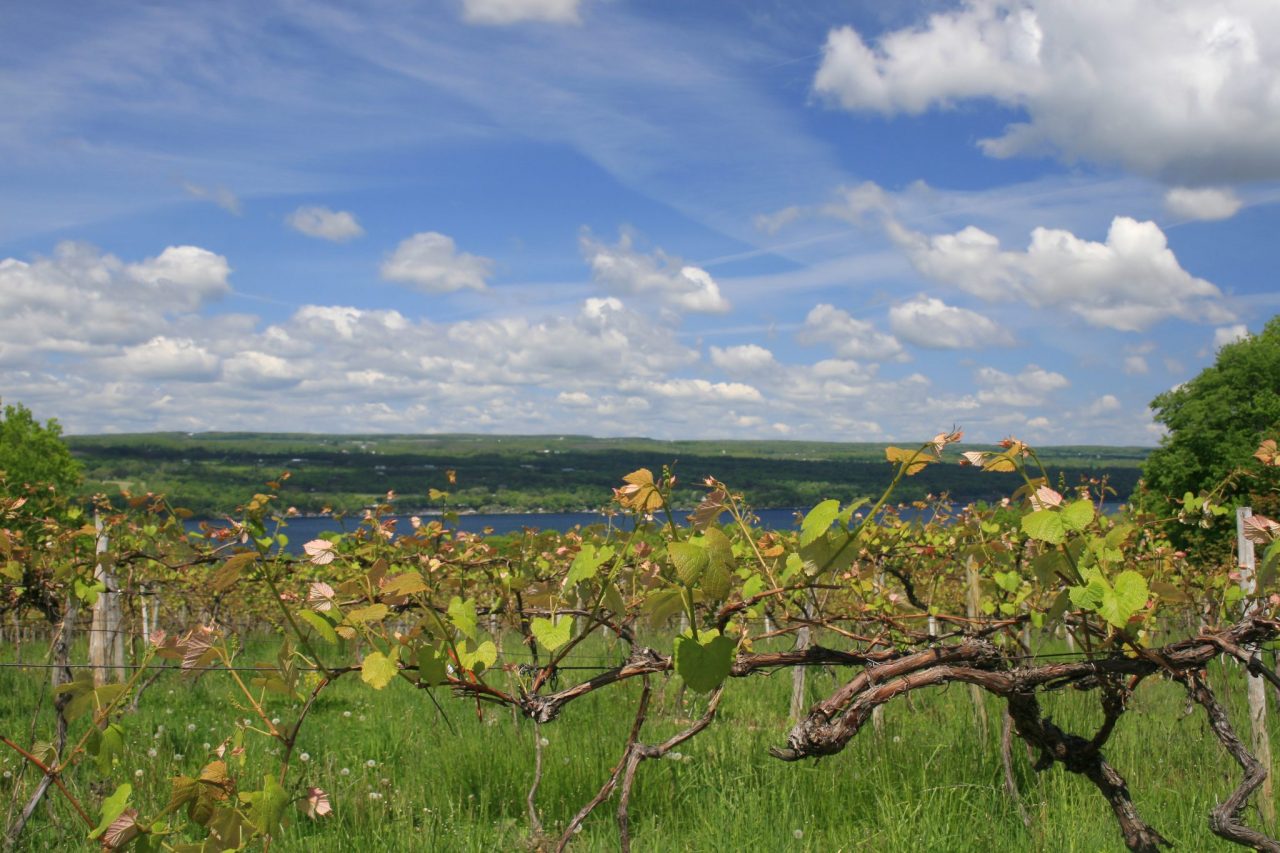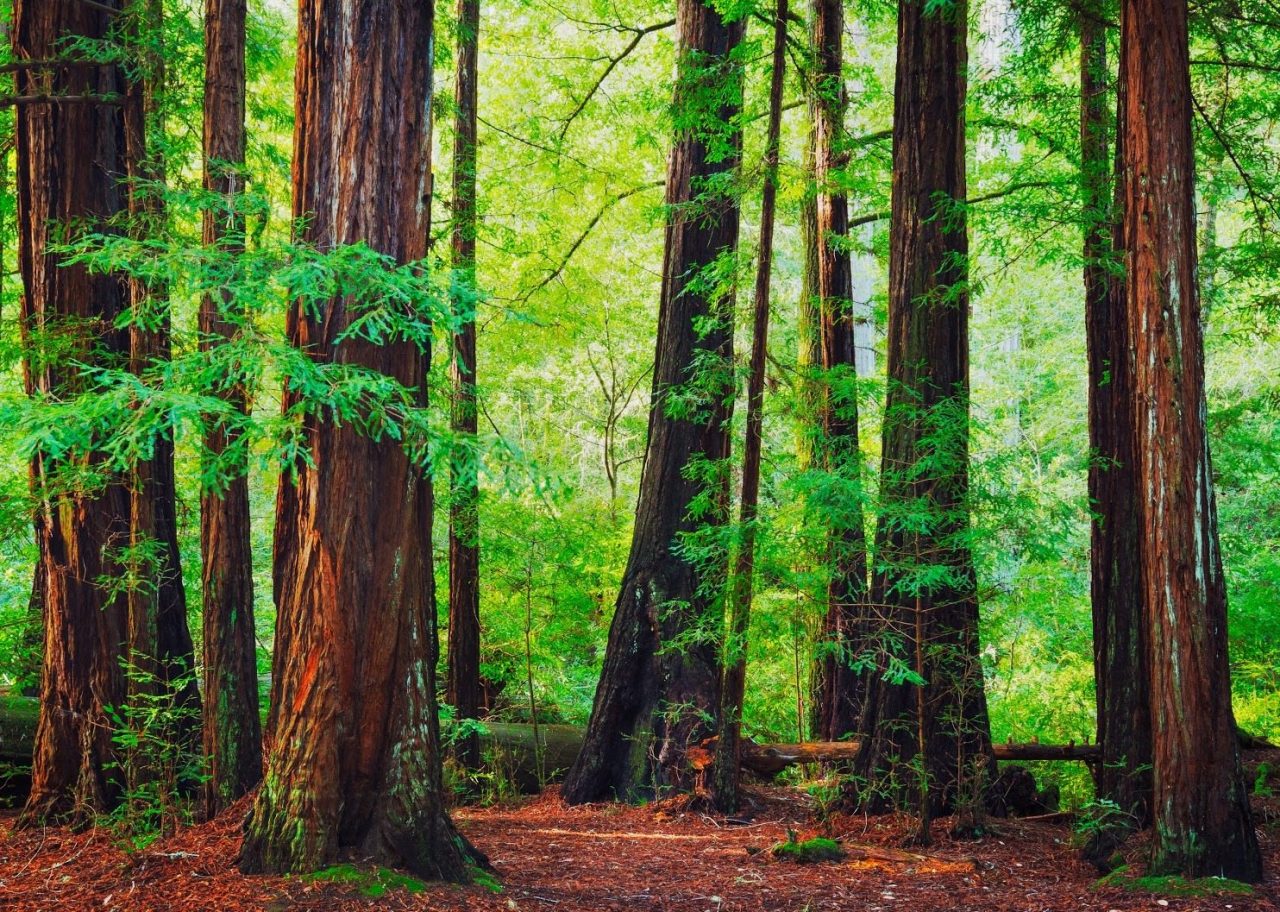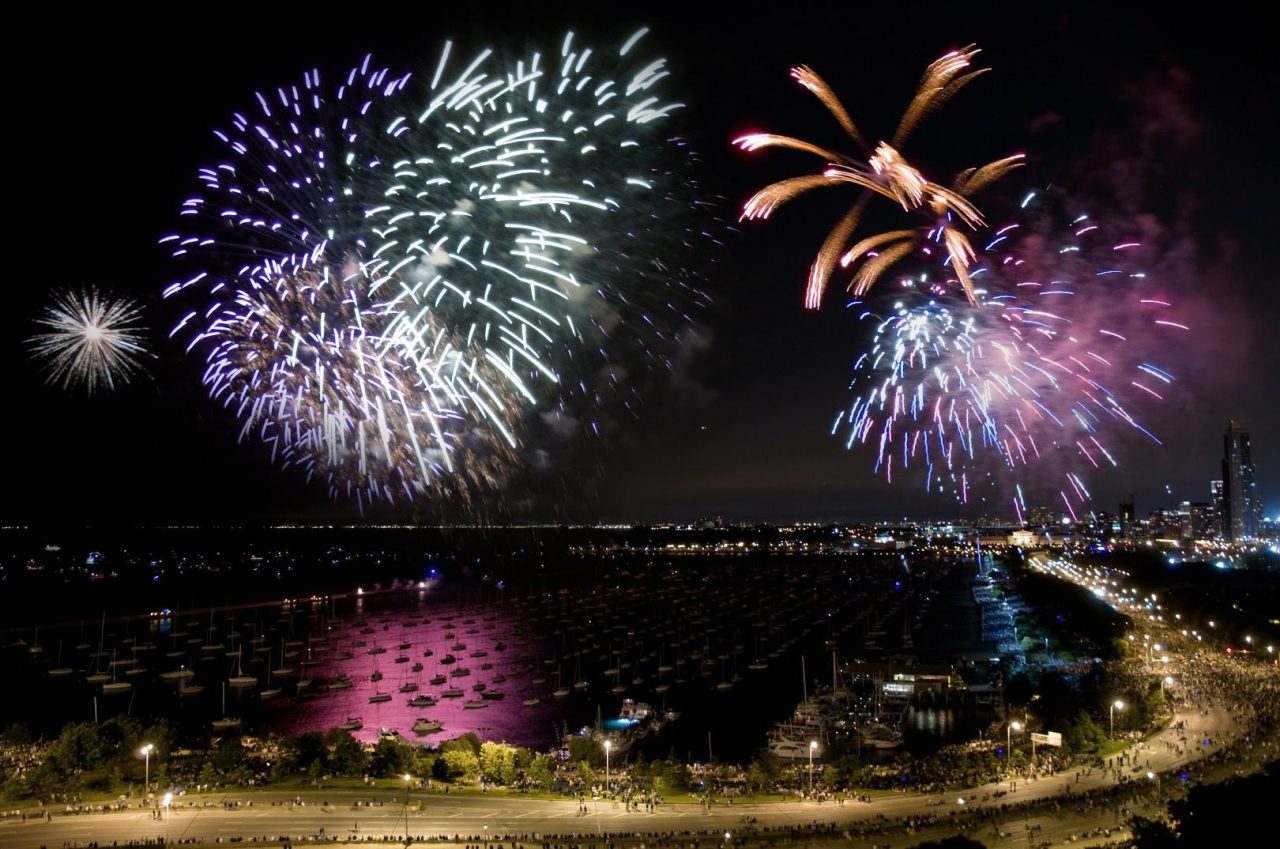Chicago is America’s First City in terms of notable architecture. You could spend weeks exploring the buildings in and around the city that have been innovative and emulated. Here is a sampling of the very best. You can visit most from inside.
The Water Tower
806 North Michigan Avenue, is a notable landmark, not only because it looks like a little castle in the middle of the city, but also because it is the most recognizable building that survived the Great Chicago Fire of 1871. William W. Boyington was the architect. You can visit it now. It serves as the City Gallery. Nearby is Water Tower Place for high-end shopping. Also worth visiting nearby is the neo-gothic charm of Fourth Presbyterian Church. Currently, its wonderful Ralph Adams Cram architecture is obscured under lush ivy. The building is right across the street from the stunning John Hancock Tower.
Glessner House
1800 S Prairie Ave, is a Henry Hobson Richardson designed house. The city-dwelling is very effective at providing its residents a screen from the busy traffic. Created in 1885–1886, the house was no universally beloved. Chicago department store magnate Marshall Field lived across the street and was not happy he had to look at it each morning. The house first opened tours to the public in 1971. The home has been maintained with the help of admission fees and significant private donations from benefactor groups including the Francis Beidler Foundation. Many of the rooms have been restored to their original appearance. They have outstanding works of English and American arts and crafts era notables, including William Morris.
Charnley-Persky House
1365 N Astor St, is a residence by architect Louis Sullivan (1856-1924) who gave much of the responsibly of the architecture to his then draftsman Frank Lloyd Wright. Drawing inspiration from Palladian originals, the house presents a crisp and somewhat austere face to the world around it. Inside, gorgeous woodwork and stenciled details evoke the heyday of the Sullivan ornamental esthetic, as interpreted by Wright in the years just before he broke away from his “Lieber Meister.” Open Wednesdays at 12 p.m., the cost is free, and the tour is limited to 15 individuals on a first come, first served basis. There are also Saturday tours.
The Rookery Building
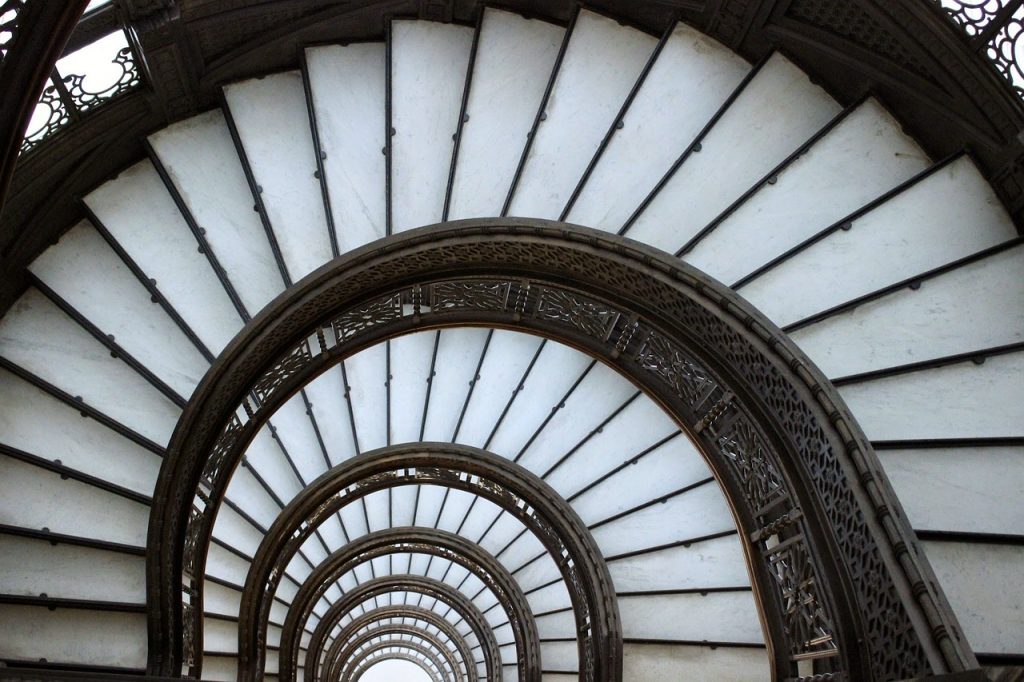
209 S. LaSalle Street by Daniel Burnham (fondly known to all Chicago architects as “Uncle Dan”) with a light court by Frank Lloyd Wright. This may be Burnham’s best of his many landmark designs, dating to 1885-86. Its 16 stories make it one of the oldest high-rise buildings in Chicago. Inside, enjoy the light court and spiral staircase. Frank Lloyd Wright redesigned the lobby in 1905. Obtain details on building tours at gowright.org. From the outside, you can appreciate the bold façade of red granite, brick, and terra cotta ornament. There are some great shops in this building.
The Reliance Building
32 N. State Street is a glass window-covered building with thin bands of cream-colored terra cotta. So light and airy compared to most other structures of the era, it was celebrated then and is a milestone of skyscraper construction today. The building is now the home of the boutique Hotel Burnham. Its legacy can be seen in the elevator lobby through a series of historic photos. Take a peek at the before-and-after images and be sure to also check out the ornamental elevator grilles, marble walls, and mosaic tile.
The Monadnock Building
53 W. Jackson Boulevard offers a look at load-bearing masonry construction, which was the way tall buildings were made in the era 1899-1891. If the walls look sturdy, it is because they truly are. In fact, they are six-feet wide at the street level, gradually thinning as they go up to support the full weight of the 16-story structure. Soon, this type of building would be replaced by steel-frame curtain wall skyscrapers such as the Reliance Building.
The Sullivan Center
Formerly the Carson Pirie Scott building – is at 1 South State Street at the corner of East Madison Street in Chicago, Illinois. It was originally designed by Louis Sullivan for the retail firm Schlesinger & Mayer in 1899. He expanded it and subsequently sold it to H.G. Selfridge & Co. in 1904, who then quickly sold it to Otto Young. Young leased it to Carson Pirie Scott. Today it is still a retail store, in fact, a Target Store; and so, it is very easy to visit. The true glory is on the exterior, one of the finest examples of Chicago Windows – the large plate glass fixed window in the center and two operable windows on the side, as well as its greatest glory, as one of the most exuberant displays of Louis Sullivan’s organic ornamentation.
Wrigley Building
400-410 N Michigan Ave is the skyscraper chewing gum built. There are two different towers of differing heights, with the south tower rising to 30 stories and the north tower to 21 stories. The big clock on the south tower is a beloved Chicago landmark. It has faces pointing in all directions; each one is almost 20 feet across. As with many Chicago buildings, the exterior is made of glazed terra-cotta. So it is, in fact, a gigantic piece of pottery.
Tribune Tower
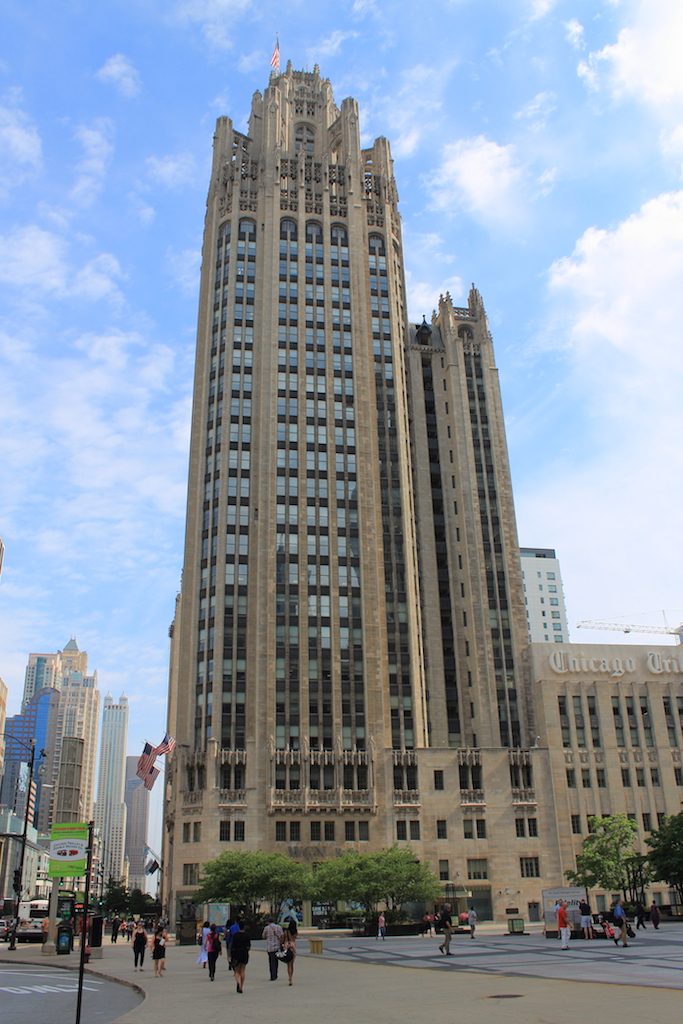
© Ffooter / BigStock Photo
Carbide and Carbon Building
230 N Michigan Ave, standing at 37 stories and, 503 feet tall, is one of only two black and gold Art Deco skyscrapers in the USA (the other is the American Radiator Building, also known as the Bryant Park Hotel, in New York City). With its dramatic gold ornamentation, this is arguably the most beautiful building in a city filled with beautiful buildings. In it most incarnation it has served as The Hard Rock Hotel. The hotel is getting a makeover, and a new name as competition in the neighborhood heats up. The St. Jane Chicago will open around spring 2018 with a new name and concept.
Marina City
300 North State Street. It was created by Bertrand Goldberg Associates and finished in 1968. It is one of the most photographed Chicago landmarks, both in still and video, are these twin mixed-use, residential and commercial towers noted for being round, not square. With the parking garages below and the occupied residential condominiums, above; these towers have been featured on “Chicago Fire” and many other dramas. Today, the complex also houses the House of Blues concert hall, restaurant, and bar, as well as the Hotel Chicago, and four restaurants: Yolk, Smith and Wollensky, Katana and Dick’s Last Resort.
The Willis Tower
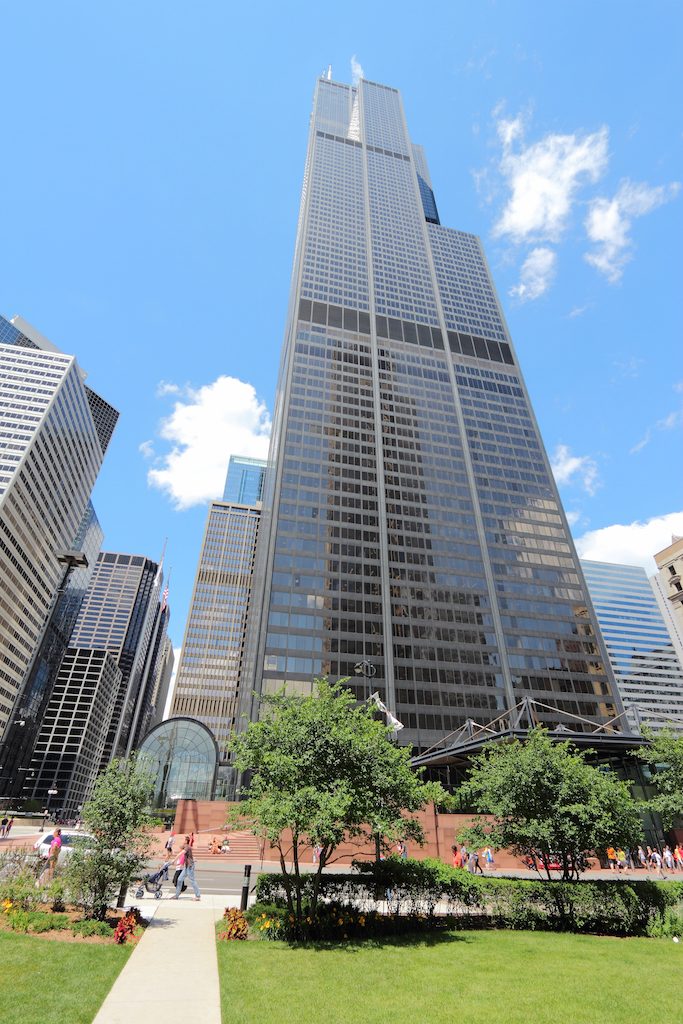
© Tupungato / BigStock Photo
233 S Wacker Dr, Chicago. Formerly the Sears Tower, and still known by that name as well as its current name, The Willis Tower is a 110-story, 1,450-foot skyscraper, which at its completion in 1973, surpassed the World Trade Center towers in New York to become the tallest building in the world. It held that title for nearly twenty-five years and remained the tallest building in the Western Hemisphere until 2014, at the completion of the new One World Trade Center. You can visit the Skydeck, and stand on the retractable glass balconies, called “The Ledge.” From them, you can look through the glass floor, down to the street 1,353 feet below your feet. Whether you are brave enough to do that or not, the view up there is unparalleled.
Beverly
Less well known than the others but well worth seeing are the homes by Walter Burley Griffin in the Chicago neighborhood of Beverly. They represent the largest concentration of Prairie-school houses in the city of Chicago. In the suburbs, architecture fans will not want to miss the many Prairie School structures by Frank Lloyd Wright and other illustrious Chicago Group architects clustered throughout River Forest and Oak Park.
Thinking of visiting Chicago’s architectures? Which one will you start with? We’d love to hear from you. If you need help planning your stay, visit our sister site, HotelCoupons. Simply type “Chicago” in the search bar to see the best lodging deals.

